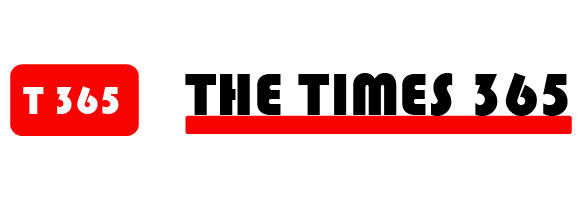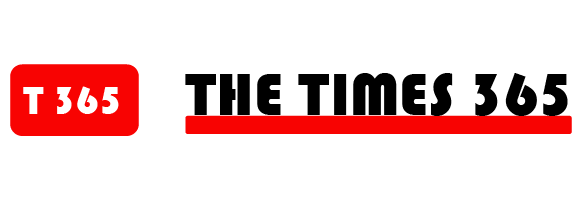- Goutam Nair is a software engineer at Google working on AI applications.
- He credits networking and a focused résumé with landing him the job.
- He shared with BI the résumé he submitted and the message template he used for cold reachouts to recruiters.
Landing a job, as the saying goes, can often come down to not just what you know, but also who you know.
Software engineer Goutam Nair told Business Insider that submitting a good résumé and having a solid networking connection were both key to landing his current job at Google.
He shared with BI the exact résumé he submitted in his job application and the networking template he used in LinkedIn cold reach-outs to recruiters and other software engineers already working where he wanted to be.
Here are Nair’s pointers.
Getting the résumé right
Goutam Nair
Highlight relevant publications or projects
If you don’t have much professional or research experience yet, it helps to emphasize your contributions to the field via any open source projects on Github, for example, Nair said.
As with any other job, the basic guidance still applies: Show employers what you’ve done that’s applicable to the role you’re applying for.
“I mostly just outlined the engineering projects that I’d done and then explained that in a concise way,” Nair said.
Convey your impact in results and numbers
Nair says he wishes he’d more clearly done this in his Google résumé and has since made adjustments to better quantify the impact of his work.
“Highlighting any impact in your previous projects, especially in a result-driven way, is effective,” he said. “It’s even better if these results can be quantified into a number.”
Instead of writing “Worked on building a novel recommendation model for page feeds,” try instead: “Developed a novel recommendation model for page feeds that increased user engagement by 5%.”
Impact can be quantified in a number of ways, including business you’ve generated for the company, resources you’ve saved, features you’ve built, or how your work has improved customer engagement or satisfaction, for example.
Stay brief
For many job applicants, it’s good practice to keep a résumé to one page, with a bulleted listing of skills and experience tailored to the target role.
Nair was also careful to focus on action verbs in his resume, starting bullets with words like “developed,” “built,” and “designed.”
Draw attention to your skills, but don’t go overboard
Nair listed some programming languages and frameworks with which he has experience. He cautions against throwing in extra skills just for the sake of it, especially if you’re not confident in them.
“Adding a lot of skills in this section, especially ones that you are not very proficient in, could backfire since you could also be judged on your knowledge of them in the technical interviews,” he said.
Networking
A recruiter reached out to Nair for his current role at Google, but he’d laid the groundwork by previously reaching out to the recruiter in his prior job search.
When Nair was searching for his prior roles, he blasted cold reach-outs to hiring managers, recruiters, software engineers, and others at his target companies to get a sense of who might be hiring for their teams or who might be able to refer him for a position.
“I was reaching out cold to everyone who had a title in their LinkedIn which said that they’re hiring for the teams or that they’re a manager for a team,” he said. “You just have to send out as many cold emails as you can, and you might just get lucky.”
In his initial messages, Nair gave a quick overview of his experience and attached his résumé, but largely focused on keeping his requests “brief and to the point.”
He used this template for his asks:
“Hi <name>,
I’m a <role> working on <brief description of what you’re working on>. I’m interested in <target role> at <company> and would love to connect to learn more about opportunities.
I have also attached my résumé here. Let me know if we can chat!
Thanks,
<your name>”
It was very much a numbers game, but it worked for Nair in the end.
“A lot of people might not respond, but that’s basically the worst that can happen,” he said. “You just need one person to respond, and that’s kind of what happened to me.”
Preparing for the interviews
Nair’s interview process for his current role included several rounds of technical interviews focused on coding and problem-solving skills, he said, as well as a team match.
He prepared for the interviews by scouring online forums to see what he could expect based on other candidates’ previous experiences, brushing up on his technical skills, enlisting his friends for mock interview run-throughs, and learning from other interviews he was doing with different companies.
“Compared to the other companies that I did interview with, Google is a lot more focused on if you do understand the problem and are able to solve it from first principles as opposed to just needing to give a perfect solution,” he said. “They care if you can solve the problem, if you’re able to think through it, rather than having just memorized something that you’ve seen before.”






